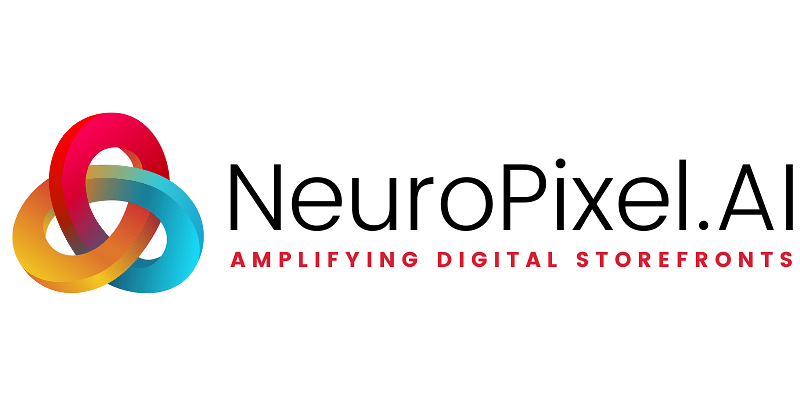E-commerce is a visual experience.
Images are the single biggest factor in influencing a customer’s purchase decision, especially when it comes to online fashion. Yet, if you look beyond marketplaces like Amazon, Flipkart, Myntra or AJIO, where catalog images are fairly standardised for each category, towards platforms like Meesho, Udaan, Trell, ClubFactory, or Coutloot, where a large number of smaller retailers sell apparel online, you would find a clear lack of standardisation.
While a small proportion would be shot on models like that on the larger marketplaces, the majority would either be mannequin shots, hanger shots, or even flat-lay shots. At a broad level, the lower you go in terms of price point, or the smaller the seller, the lower the quality of the catalog images. As you can imagine, lower quality catalog images means lower conversion, and ultimately lower revenues.It becomes a difficult ecosystem for smaller retailers to compete effectively with their better capitalised, larger counterparts as they will always have lower conversion rates for their apparel.
AI and computer vision: The levellers
At NeuroPixel.AI, we are developing cutting-edge Deep Learning algorithms that replicate the deformation of apparel when worn by a person according to their shape, size, and pose. Our clients will be able to shoot any apparel on a mannequin, and we will generate high quality catalog images with models wearing those clothes in a variety of poses. We do this by training our Deep Neural Net framework on tens of thousands of images to understand different types of clothing, fabrics, body shapes, poses, and their collective impact on the fall, folds, and creases.
Then we take things one giant step further. We generate entirely artificial human models that you wouldn’t be able to tell apart from real life people. Not just that, we give the power to the merchandiser – to select features like ethnicity, size, hair style, hair length, facial expression, poses, etc – which can get them the perfect model for each kind of apparel.
What you see in the image here is a beta version of our product – an entirely synthetic human model, wearing our team’s NeuroPixel.AI T-shirt. We are aggressively fine-tuning our algorithm to improve its consistency and versatility, and hope to start serving clients within a couple of months. Today we have T-shirts and Polo shirts which are ready to deploy, and will cover formal shirts, casual shirts, kurtis, innerwear and lingerie within a few months.
We are firmly on the cusp of transforming one of the most manual, repetitive, and critical tasks that every online seller would need to do on at least a monthly basis.
Enabling cost-effective catalog personalisation
Personalisation is the name of the game today across all e-commerce platforms. However, until today, the biggest factor in the purchase decision, catalog images, have never been able to be personalised at scale before – purely because it would be prohibitively expensive to shoot each item on models of different sizes, ethnicities and ages. Our technology will enable this seamlessly and cost-effectively. More specifically, when you press Small, Medium or Large, the size of the model would change accordingly. Further, if you are a North Indian customer or a South Indian customer, platforms can choose to show different models accordingly, all adding to a distinctly better shopping experience for the average consumer.
This will translate to better conversion rates and higher revenues, all without a proportional increase in costs. In a few years, we envision a smooth process where even the smallest retailer can just shoot mannequin photos, and our technology will render it on the right model for the right customer at the right time with minimal effort.
Hyper-personalisation is typically defined as personalisation at an individual user level, instead of at a cohort level like what could be enabled through catalog image-based personalisation as outlined above.
Return rates are one of the burning problems for every online fashion retailer. This return rate is typically between 20-30 percent, and although it encompasses a variety of factors like size/fit issues, manufacturing defects, or even that the customer changed their mind, one of the biggest factors is simply that the customer didn’t like how the apparel looked on them. This is to be expected as most models look very different from the average consumer. This is an area that our solution can also address.
What you see here is our Virtual Try-On solution in action.
More than just reducing return rates, virtual try-ons can also improve conversion rates and revenues by more than 10-15 percent as these are likely the most relatable type of catalog imagery. Additionally, they can also become a meaningful source of free organic traffic for platforms – as customers might want to send their virtual try-on options to their friends or family to get their opinion on which one to purchase, making online shopping a more social experience.
So far, we have spoken about creating synthetic images that are on par with the real world. However, the last few months have witnessed an exponential increase in interest going in the opposite direction – taking real-world elements and porting them into the digital world, that is, to create immersive shopping experiences in virtual reality – in the metaverse. From NFTs to virtual reality shopping experiences, brands like Nike, Adidas, and H&M have already announced their plans. With our computer vision expertise coupled with digital creative designers, we see a terrific opportunity in becoming an enabler for fashion brands keen on taking their lines into the next frontier of online shopping.
Cohort 9 of the NetApp Excellerator
We are proud to be a part of the NetApp Excellerator alongside an amazing pool of startups and founders from across the globe. As a deeptech startup, optimising and training our algorithms on the cloud is extremely critical to our success. NetApp, with its wealth of experience on cloud storage and AI/ML infrastructure, has been an amazing partner to help us on this journey. We also benefited from a pool of senior global mentors from the NetApp leadership team who have gone out of their way to share valuable insights to shape our GTM strategy.
Last but not the least, they have some amazing partners in Storywallahs and Futuresque Comms to add that final layer of polish for all their startups. Overall, an experience we would recommend in a heartbeat for any deeptech or cloud-first startup.
NetApp Excellerator’s Demo Day is scheduled to take place on January 20, 2022. Don’t miss it. Click here to register
To participate in NetApp Excellerator’s Cohort 10, click here.





![Read more about the article [Funding alert] Square Yards raises $25M from Hong Kong-based ADM Capital](https://blog.digitalsevaa.com/wp-content/uploads/2021/07/SquareYards-1626413266535-300x150.png)




